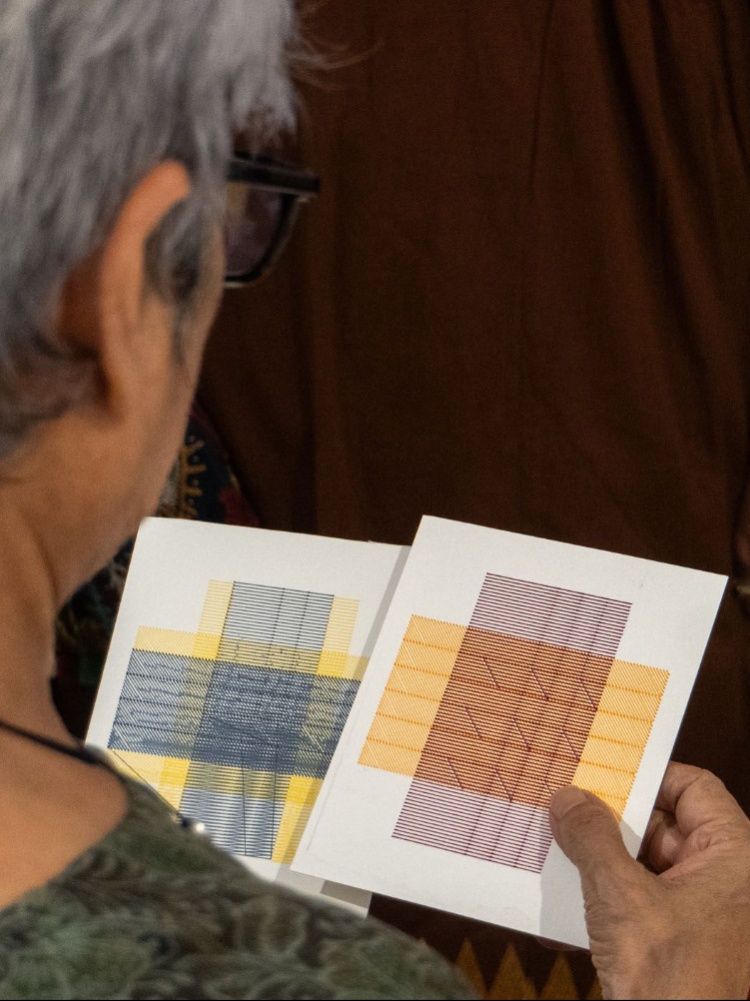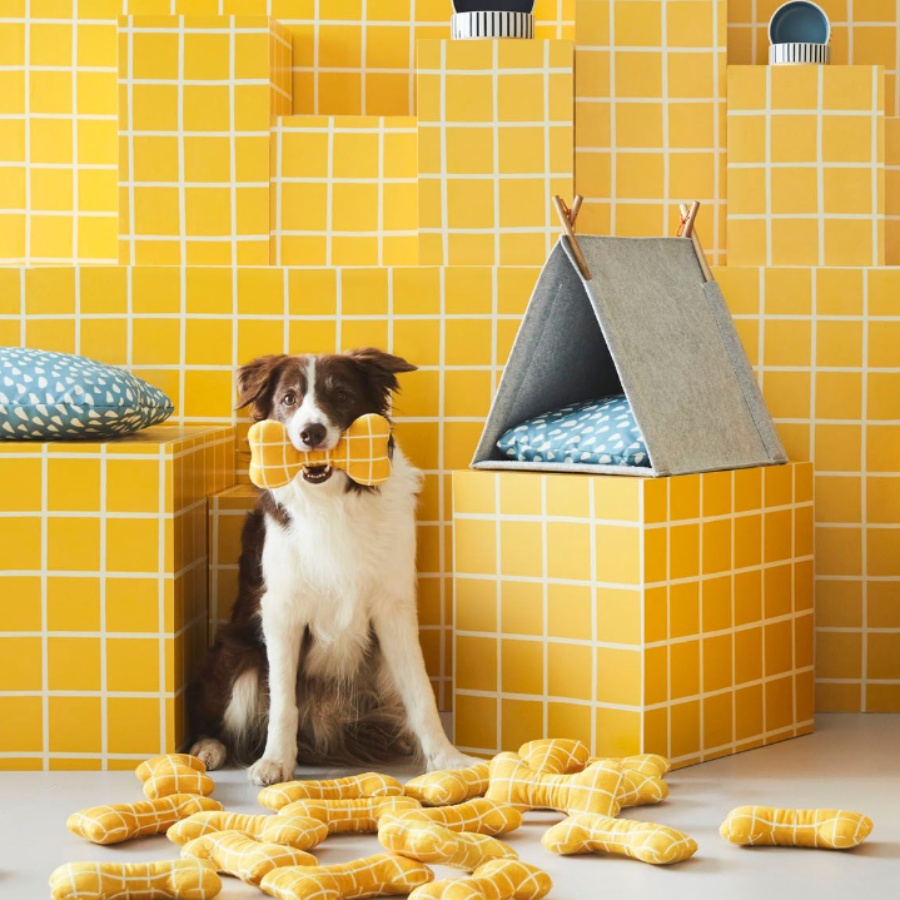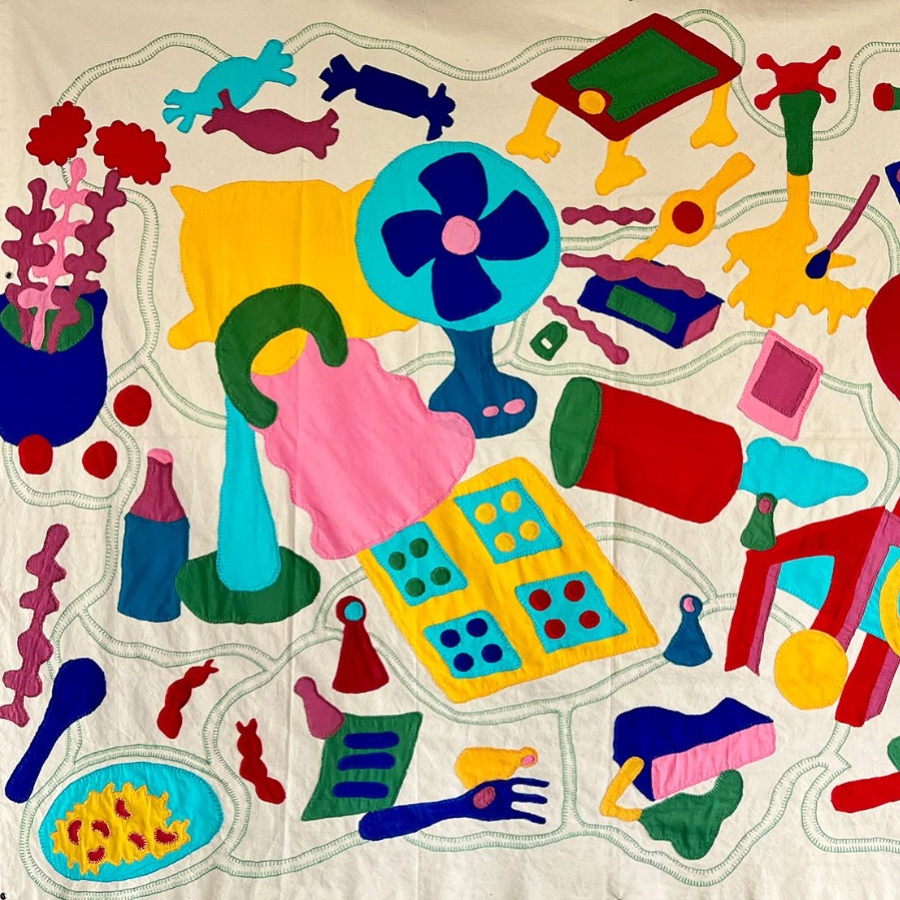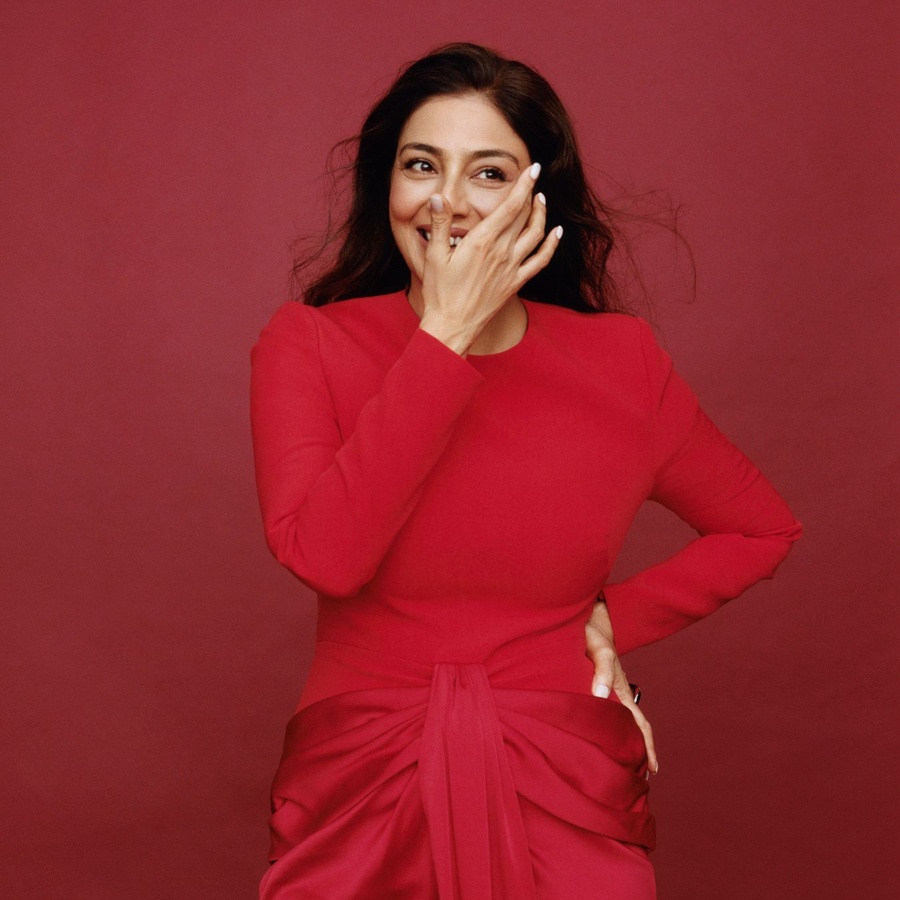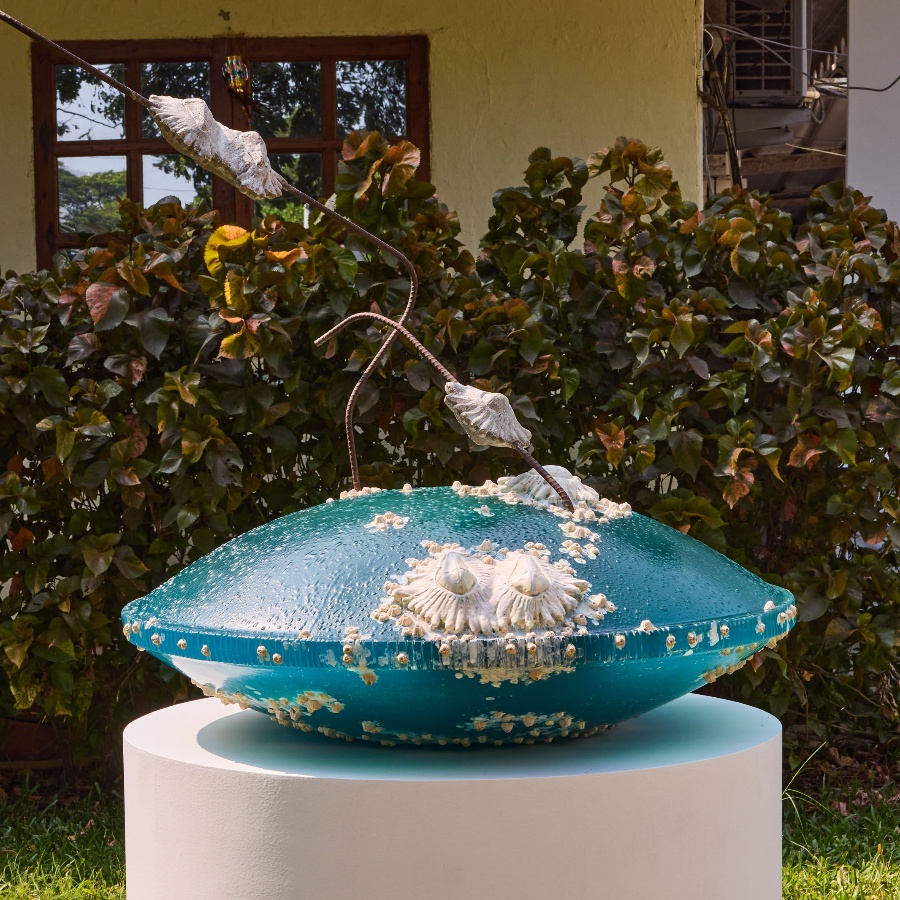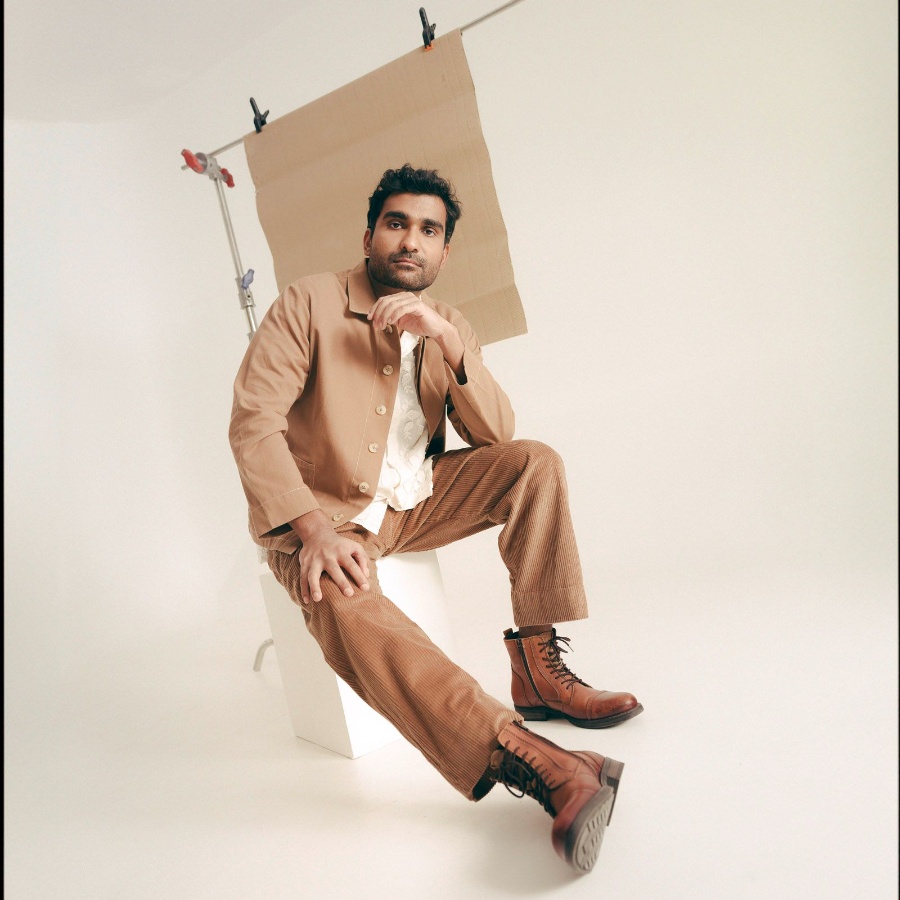Just visit madras-checks.com and click on the generator tab. Choose the number of colours on your pattern, and the number of horizontal and vertical lines. Their thickness and how close each line should be? Now choose the level of randomness that you want to introduce to your creation, (Unpredictability and minor variations within the checks were, after all, one of the distinguishing features of Madras checks.) et voila! you have your own unique pattern. Additionally, the designs you create will become part of the project’s digital collection.
In one section of DakshinaChitra’s Kadambari gallery, Madras check squares made using the algorithm occupy an entire wall, while across from them, on a jamakkalam-covered table, a mechanical arm draws the patterns. On another wall, the framed patterns demonstrate what happens when you interfere with the grids and break them up. “With this project, we have documented the Madras check, the craft of how it’s done, and then put it into a generative art algorithm that we developed,” says Karthik Prema Rajakumar of the Thinai Foundation, one of the key organisations behind this exhibit. “So, this doesn’t eliminate the designer; rather, it’s a tool for a designer to do much larger works as well...With this algorithm, we’ve tried to follow the grids, and we’ve also tried to break them. What we’ve explored are the possibilities within the grids.”
The exhibition is a collaboration between the Thinai Foundation and New Haven-based UX/UI designer Vignesh Hari Krishnan. Providing crucial support are the Yale Center for Collaborative Arts and Media and the Tsai Center for Innovative Thinking at Yale. DakshinaChitra, which is hosting the Chennai leg of this exhibition, has also opened up its archives—dating back to the 1900s—for this purpose. On the website, 32 archival patterns are on display, and the organisers hope to hit 100 before the close of the Chennai exhibition on September 15. This is a six-month-long project and will culminate in an exhibition at Yale and the launch of the open-source website that could be a resource for anyone interested in Madras checks.
A crucial element of the story of Madras checks is that they are not a GI-tagged craft—the fabric doesn’t need to be made in Madras to be called Madras checks. In fact, anyone can manufacture it. Traditionally woven on the handloom, the making of the pattern has shifted to powerlooms today, and even most of the handloom weaving happens not in Chennai (or Tamil Nadu) but in neighbouring Andhra Pradesh. “I am hoping to do R&D and evolve the craft for the future,” says Rajakumar. “Hopefully this [exhibition] acts as a time capsule that carries memories into the future.”
Lineage: Past Forward is on at Kadambari Gallery in DakshinaChitra, Chennai, until September 15. For more information visit madras-checks.com

